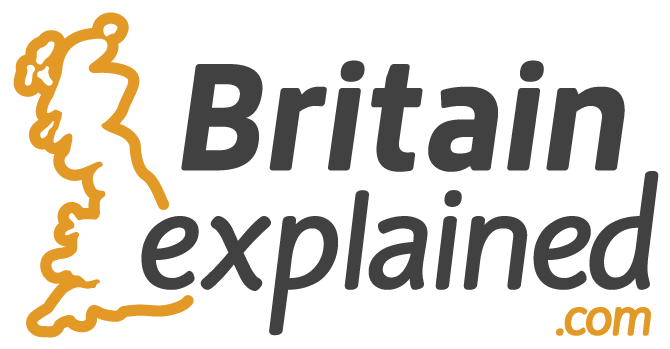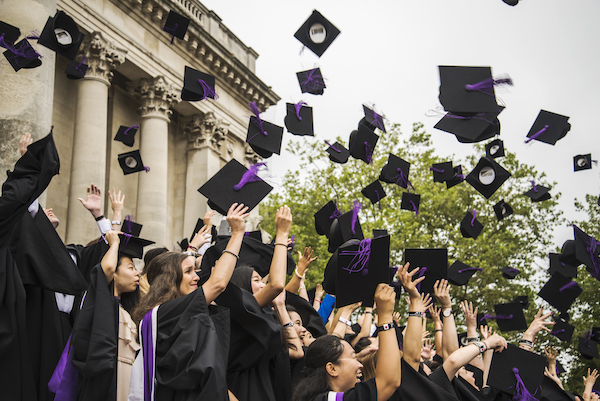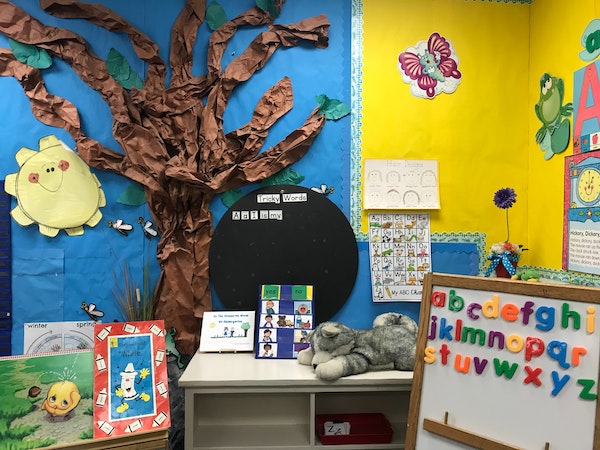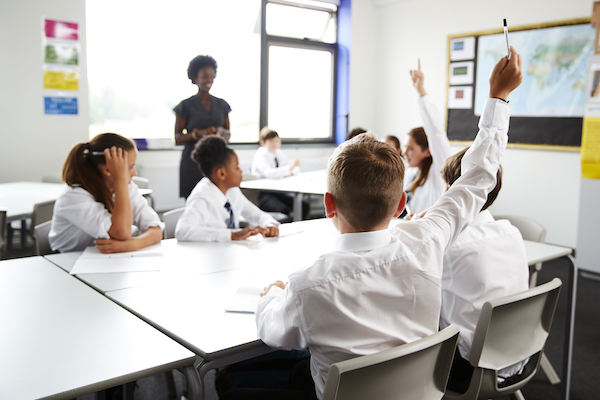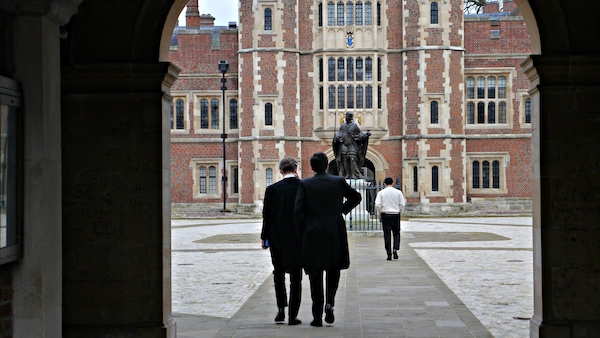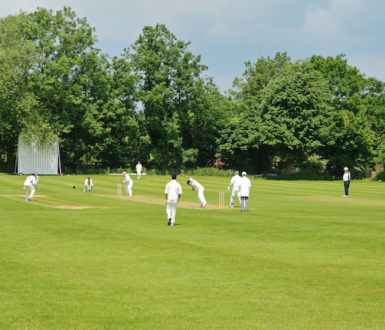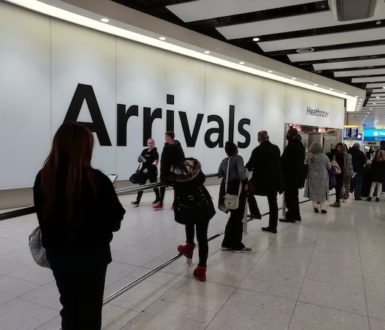State schools, private schools, colleges and university – an overview of education systems in England, Wales and Scotland.
State schools all get money from the government in some way. Most state schools are funded and controlled by their local councils. They are called ‘maintained’ or ‘community’ schools.
Other types of state school are funded direct from government or partly by charities or grants. These schools can make some of their own rules.
All state schools have similar educational targets for the main subjects.
State schools usually have a 2-tier system:
- Primary school until age 11
- Secondary school until age 16 or 18 (or college from age 16-18)
In a few areas, there is a 3-tier system:
- Lower school until age 9
- Middle school until age 13
- Upper school until age 16 or 18 (or college from age 16-18)
Education is compulsory until 18 in England and Wales, or 16 in Scotland.
- Read our blog about the different types of state school.
A public school is a type of private school. Do not confuse public schools with state-funded schools, which are known as ‘state schools’.
- Read our blog about the difference between private schools and state schools.
‘Independent school’ is the name usually given to a private school. This is because these schools are not funded by the state. Sometimes they are called ‘public schools’.
Independent schools can choose who is allowed at the school, what to teach, school hours, holiday times and exams. Many are boarding schools. Some are specialists in a subject, like sport, drama or a language.
The cost of independent school is on average between £14,000-£40,000 a year per child. There are usually a few paid scholarships available for parents on low incomes.
Independent schools often have 3 age groups, although some schools take all ages. Others only combine the pre-prep and prep stages.
Many people send their child to a state primary school, then choose a private school after age 8 or 11.
- Pre-prep (pre-preparatory): ages 4 to 7
- Prep (preparatory) or junior: (until 11 or 13)
- Senior (also known as secondary): until 18
Read our blog about private schools vs state schools.
Read more about the school system
There can be a lot of competition for the best schools, so it is not always possible to choose the school you want.
For state schools, it is usually a local council that will make the final decision – but you can choose which schools to apply for. Some types of school have an entrance exam. Maintained state schools must have teachers with Qualified Teacher Status (QTS). Other schools have more freedom about whom they employ.
For private schools, there might be a long waiting list and/or an entrance exam.
Most schools have special weeks when it is possible to visit the school. Ask the school for details.
- For general advice, try the Good Schools Guide website.
State schools
All English and Welsh state schools are inspected by Ofsted (the government inspection service). Scottish schools are inspected by Education Scotland. There are six grades: Excellent, Very Good, Good, Satisfactory, Weak and Unsatisfactory.
To compare schools, see these government websites. See the next question for more information about Ofsted ratings:
Private schools
Inspection reports for private schools:
- England: Most private schools are inspected by the Independent Schools Inspectorate
- Scotland school inspection reports
- Wales school reports
All English and Welsh state schools are inspected by the government department Ofsted. It also inspects some private schools.
Ofsted inspections make sure schools reach certain standards. If they reach them, the school is marked as ‘Good’. If they are better, the school would be marked as ‘Outstanding’.
A schools that is below the ‘Good’ standard is marked as ‘Requires Improvement’. If the school is failing, it is marked as ‘Inadequate’. These schools will be inspected regularly to make sure they are getting better.
Don’t judge a school only by its Ofsted rating. Some ‘Satisfactory’ schools can be well managed and fun places to learn, just weak in some subjects. Some ‘Outstanding’ schools might reach high standards, but feel unfriendly.
You usually need to apply to your local council for a place in state school. The system in England and Wales is different to the system in Scotland. Read more about it here:
Read our blog about how your local council chooses a school for your child.
Private schools choose whom they accept, so you will need to contact the school. For some popular schools, you will need to apply when the child is very young – or even before it is born.
Entrance exams are common, even for very young children. For this reason, many parents hire tutors.
The number of children in a class varies from school to school and depends on how many children live nearby and how popular the school is.
In state schools, the maximum is usually 30. However, about 10% of schools in England have more than this. Many have fewer than 30.
In Scotland, the maximum is 33, but it varies depending on the age of the children and the type of lesson (practical lessons like art, cookery or science have smaller maximum class numbers).
In private schools, class sizes are usually smaller than those in state schools.
If you don’t want to send your child to school, you have the right to teach at home. Your local council can help. There are also many groups online. You must give 5-16 year olds a full-time education.
Your local council may make checks occasionally. If they do not feel the child is getting a good education, they can insist the child goes to school.
- Read more about home education on the main government website.
